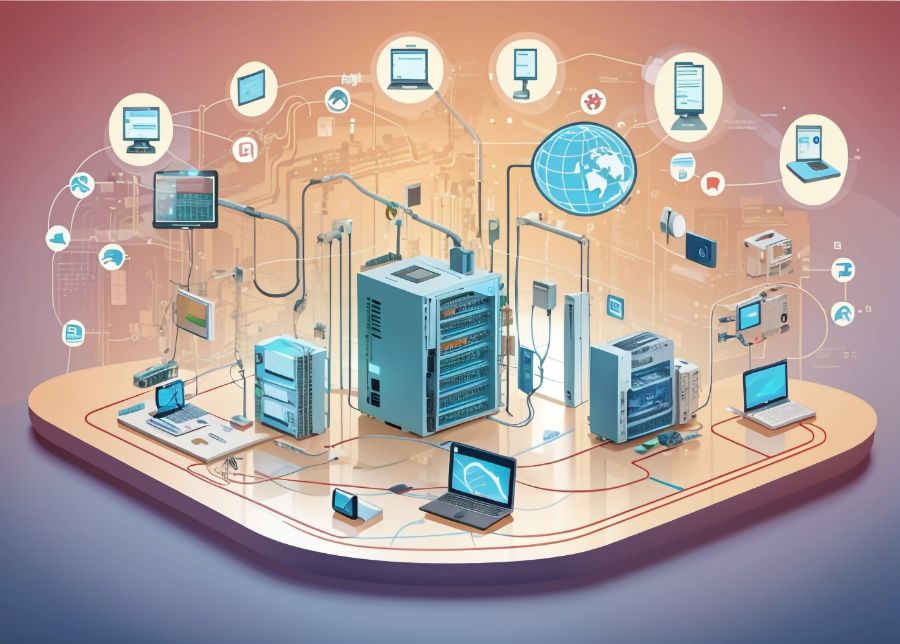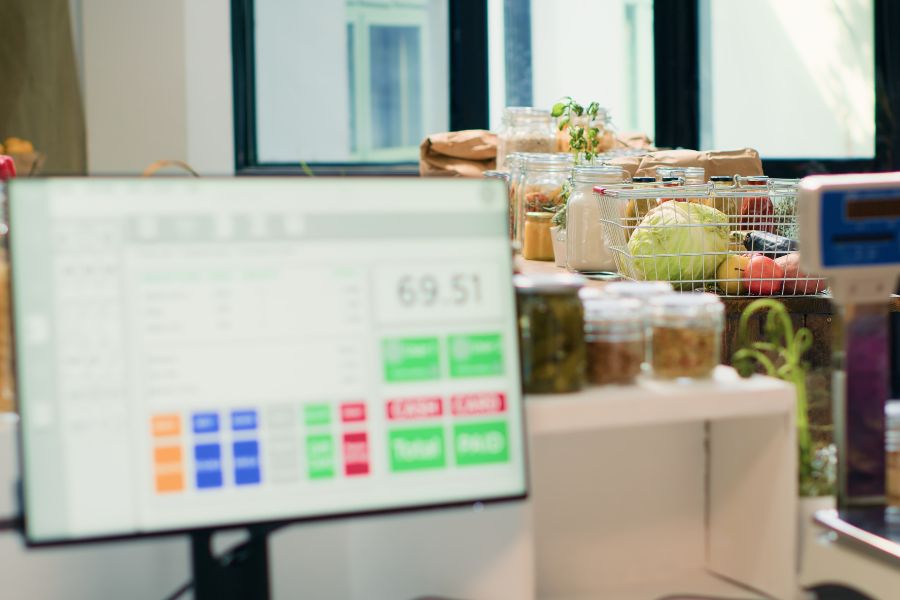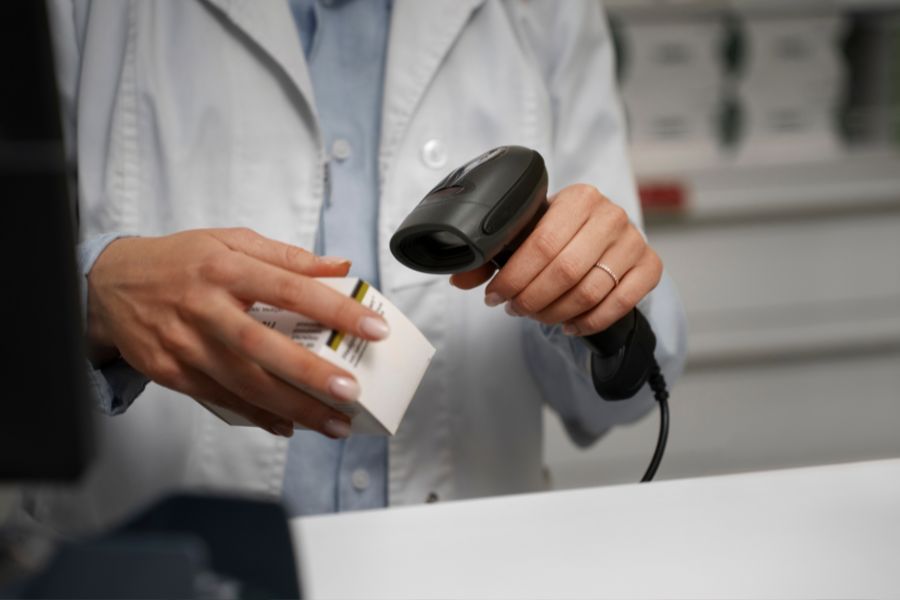In today’s fast-paced digital landscape, businesses rely on various systems to streamline operations and enhance efficiency. While many organizations are shifting towards cloud-based and networked solutions, standalone systems continue to play a crucial role in industries that prioritize security, reliability, and offline functionality.
But what exactly is a standalone system, and why is it still relevant in today’s tech-driven world? In this article, we’ll break down what a standalone system is and how it works, key features and advantages for businesses, challenges and limitations to consider, and real-world applications across different industries.
By the end of this guide, you’ll understand how standalone systems can enhance business operations and whether they’re the right fit for your needs. Let’s dive in!
What is A Standalone System? (+ Examples)
A standalone POS system operates independently, without requiring external software, networks, or additional hardware to function. It performs its tasks without relying on internet access or integration with other systems. This self-sufficiency makes it reliable in various industries, including retail, security, and entertainment.
Standalone systems come in different forms:
- Offline Software: Programs that do not require an internet connection to function, such as Microsoft Word or offline antivirus tools.
- Independent Applications: Software that is not bundled with other applications, like a standalone graphic design tool.
- Self-Sufficient Devices: Hardware that operates on its own, such as ATMs, vending machines, and ticketing kiosks.
- Portable Programs: Applications that run without installation, often stored on USB drives.
To illustrate the concept, consider a TiVo box, a classic example of a standalone system. It operates independently to record television programs, not reliant on external devices or services. In contrast, a DVR integrated into a digital cable box is not a standalone system as it relies on the cable box’s infrastructure.
In retail, ConnectPOS is a strong example of a standalone POS system. It operates independently or alongside an eCommerce platform, giving retailers flexibility. On the other hand, Shopify POS is not a standalone system because it is tightly integrated with the Shopify ecosystem.
Standalone systems provide stability and security but may lack the convenience of integrated solutions. Businesses seeking customization and scalability often prefer standalone software like ConnectPOS, which adapts to unique operational needs.
How Does a Standalone System Work?
A standalone system functions independently, processing tasks without external dependencies. It manages its data, executes commands, and performs operations without needing continuous network access. Think of it as a small business run by a single owner—handling everything internally without external intervention.
Standalone software works within its own environment, meaning it does not rely on third-party applications or cloud-based services. In contrast, networked systems require constant communication with external databases or platforms.
In eCommerce, a standalone system manages transactions, supports customer service, and analyzes business metrics without external integrations. For example, a standalone POS system processes sales, updates inventory, and generates reports internally. Once connected to the internet, it syncs data for broader analysis.
Retailers favor standalone POS systems like ConnectPOS for their ability to simplify operations. These systems support Online-to-Offline (O2O) transactions, inventory tracking, and reporting. Unlike fully integrated solutions, ConnectPOS adapts to unique business needs, making it ideal for retailers with multiple locations.
Moreover, ConnectPOS integrates with local payment gateways, such as GrabPay in Asia and Flutterwave in South Africa, allowing businesses to cater to different regions. It also connects with Enterprise Resource Planning (ERP) solutions like NetSuite, consolidating business operations within one system.
Standalone systems offer customization and flexibility, making them a valuable choice for businesses that prioritize independent operation and control.
Key Characteristics of a Standalone System
Several key characteristics define a standalone system:
- Operates Without Internet: It does not depend on an online connection. Examples include offline word processors, security software, and retail POS systems.
- Not Part of a Software Bundle: It functions as a separate program, unlike integrated suites that require multiple components to operate.
- Runs Independently: It does not rely on external applications or networks. A USB-enabled label printer that works without additional software is a good example.
- Self-Contained Data Management: It processes and stores data locally, reducing the risk of network-related failures or security breaches.
- Reliability in Isolated Environments: Standalone systems perform well in locations with limited internet access, such as remote warehouses or offline retail stores.
Standalone systems work best when simplicity, reliability, and data security are top priorities. They remain unaffected by network downtimes, making them ideal for offline POS terminals, industrial automation, and embedded systems.

Advantages and Disadvantages of a Standalone System
When considering the implementation of a standalone system, it is important to weigh its advantages and disadvantages. This comparison enables you to make informed decisions about the most suitable system for your needs.
Advantages
- Damage control: Standalone systems are less likely to suffer widespread damage due to issues such as a virus attack or a hardware failure, as they are isolated from other systems.
- Simplicity: Managing this system is relatively straightforward since it requires less expertise than overseeing multiple systems or an entire network.
- Convenience: It offers easy access to attached peripherals like printers and scanners, which are usually within reach. In contrast, networked devices may be located far from the user’s computer.
- Resource allocation: Users on standalone systems typically don’t impact the resources or performance of other users because everyone operates individually. This encourages more efficient use of system resources.
Disadvantages
- Limited access: Users operating on standalone systems are typically limited to a single device and cannot access their files or data from different computers, in contrast to networked systems where data sharing is more fluid. However, by opting for a cloud-based POS solution like ConnectPOS, all information is centralized in a unified platform, eliminating concerns about access restrictions. Users can securely access and manage their data from any location or device with an internet connection, providing a seamless and flexible experience that transcends the limitations of traditional standalone systems.
- Scaling challenges: Businesses may struggle to install or manage similar systems across multiple standalone devices instead of efficiently managing network updates and installations.
- Higher costs: Connecting each system to a single device is generally more cost-effective than purchasing individual devices for each standalone system.
- Monitoring difficulties: Traditional standalone systems are inherently challenging to monitor and track. In today’s competitive technological landscape, the adoption of a next-generation POS system like ConnectPOS offers a transformative solution. By harnessing micro-service and headless technologies, ConnectPOS effectively mitigates the limitations of traditional standalone systems, enabling comprehensive tracking and monitoring of multiple touch points concurrently. This empowers businesses with real-time insights and control, enhancing their ability to adapt and excel in a fast-paced digital environment.
Standalone Systems vs. Networked Systems
Businesses often decide between standalone systems and networked systems, depending on their operational needs. Each approach has its strengths and limitations.
Key Differences
We have created a table so you can easily differentiate between a standalone and a networked system.
| Feature | Standalone System | Networked System |
| Internet Dependency | Works offline | Requires network access |
| Data Storage | Local storage | Cloud or shared database |
| Security | Less exposure to cyber threats | Vulnerable to network breaches |
| Scalability | Limited expansion | Easier to scale with integrations |
| Collaboration | Operates independently | Supports multi-user access |
| Maintenance | Manual updates | Automatic updates and syncs |
When to Choose a Standalone System
A standalone system works best when:
- The business operates in areas with unreliable internet access.
- Data security is a priority, reducing exposure to network threats.
- The company requires specific customizations without relying on third-party integrations.
- Operations need consistent performance, unaffected by external systems.
When to Choose a Networked System
A networked system is ideal when:
- Real-time collaboration between multiple users is required.
- The business relies on cloud-based storage for data access from different locations.
- Scaling operations quickly is a priority, integrating with various third-party services.
- Automation and remote access are necessary for daily processes.
Hybrid Approach: Best of Both Worlds
Some businesses use a hybrid model, combining standalone and networked systems. This approach allows for offline functionality with periodic cloud syncing.
For example, ConnectPOS operates as a standalone system but also integrates with eCommerce platforms and ERP solutions. Retailers benefit from independent operation while maintaining cloud-based analytics and reporting.
Conclusion
Now you know, “What is a standalone system?” A standalone system offers independence, security, and reliability, making it suitable for businesses that require offline functionality and controlled operations. Meanwhile, networked systems provide real-time collaboration and cloud storage, benefiting companies that rely on connectivity.
For retailers seeking a flexible and reliable POS system, ConnectPOS delivers the advantages of a standalone system with optional integrations for a scalable retail experience. Contact ConnectPOS today to explore how it fits your business needs.
ConnectPOS is a all-in-one point of sale solution tailored to meet your eCommerce POS needs, streamline business operations, boost sales, and enhance customer experience in diverse industries. We offer custom POS with features, pricing, and plans to suit your unique business requirements.




